Operation Downfall
The Emperor of Japan failed to respond to the calls for unconditional surrender. Some believed that he wished to fight to the last man, but others in the Allied High Command felt that he might have been dissuaded by his Generals. No one knew what was happening on the ground, so President Roosevelt had no choice but to order the commencement of Operation Downfall, the amphibious invasion of Japan.
Landings were plotted all over the southern and northern coasts of Japan. The primary objective was to secure a beachhead in multiple areas, particularly to support the democratic rebellion that had taken place in the Home Islands. The people screamed for the end of the war, especially after taking repeated atomic bombings.
Once Nagoya became nothing more than ruins, the U.S. Marine Corps created their first beachhead near Tokyo. Unfortunately, the defenses near that city were very dug-in, forcing them to divert their attention to the ports in the west. While the landings in the west to support the Japanese state were far more successful, the Marines in the east encountered multiple obstacles.
They would ultimately run out of supplies to sustain themselves. After repeated attempts at a breakout, MacArthur was ultimately forced to write that portion of the invasion off as a bust. Luckily, he received word from the Pentagon that many more divisions would be placed at his disposal.
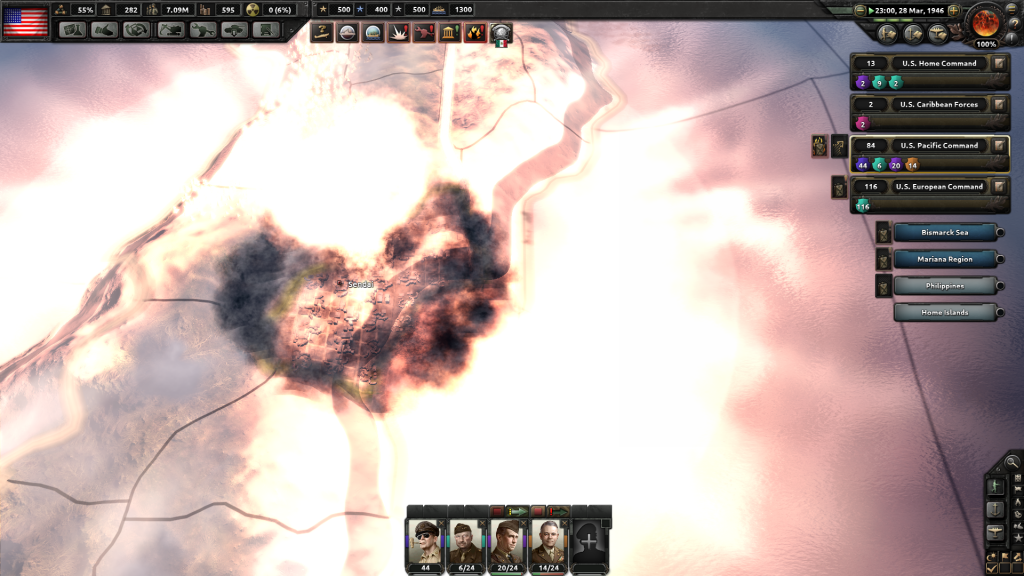
With the fall of Sendai, some Allied tacticians became concerned about the breakdown of infrastructure that would be needed to supply the invasion.
The destruction of Sendai was less of a means of supporting the invasion, and more of a strategic issue. Although the landings had mixed success, the Allied forces encountered ferocious resistance in the western half of the country. President Roosevelt was forced to take out many remaining cities in order to destroy the morale and industrial power of Japan. While Allied planners became concerned that the bombings would affect U.S. forces in the region, the plan was ultimately approved when the beachhead at Tokyo failed.
With a portion of the Marines pushed back out to sea or captured, MacArthur cancelled further landings on the eastern seaboard. Instead, he chose to focus all his energy on moving from street-to-street.
The Second Beachhead
The U.S. Marines attempted a second landing in late April of 1946, establishing a beachhead in central Japan. While the main force was soon to come, the initial landing party was successful in taking a large part of Japanese territory. They effectively cut off multiple divisions from the capital, depriving them of supplies and taking the port of Osaka. In conjunction with overwhelming air and naval power, almost every Allied division in theater spilled into Japan.
Naturally, the plan called for another atomic strike to break the will of the enemy. As before, the bombers concentrated their planning on a target to the north.
The Collapse Of Spain
While the fight for Japan continued, the remainder of the Axis forces in Europe fought on hopelessly against the overwhelming might of the Allies. Franco’s minions were completely caught off guard when American Shermans smashed through the front lines at the battle of Zargoza in mid-May of 1946. Their brittle defenses were thrown into disarray when British soldiers pushed up through Gibraltar later in the month.
If it wasn’t surrounded in a few days time, Ike and his strike force simply moved past it. In a matter of days, the Allies took the ruins of Madrid and every other major city in Spain. What was left of the government quickly sued for peace.
While the Allies were happy that the war in Europe was over, tragedy would soon strike in Washington D.C.
The Death Of Franklin D. Roosevelt
President Franklin Delano Roosevelt died on June 3rd, 1946. After meeting with Army Chief of Staff George C. Marshall about the rebuilding of Europe, the President retired to the residence at the White House. At the time, President Roosevelt’s health was declining every day. While he was eating dinner, he complained of having a terrific pain in the side of his head. He collapsed and died twenty minutes later.
President Roosevelt would ultimately go down in history as one of America’s greatest Presidents, but many noted how he was a man of contradictions. Most notably, he saved America from the Great Depression and led it to victory over fascism and communism, but he consolidated incredible power and broke the two-term tradition set by George Washington.
The task of winning the fight would ultimately fall to the new President, Harry S. Truman.
The Fall Of Japan
Harry S. Truman became the 33rd President of the United States mere hours after Roosevelt’s death. While the Battle of Japan raged, President Truman ordered a month of mourning for his predecessor. After a few days, he was well aware of the true extent of the Manhattan Project and all of the decisions that President Roosevelt was forced to make over the course of the war.
Fortunately, American tanks were already rolling through the center of Honshu. Further landings to the north of Tokyo and across the archipelago sealed the fate of Japan. On September 13th, 1946, the war against Japan was over.
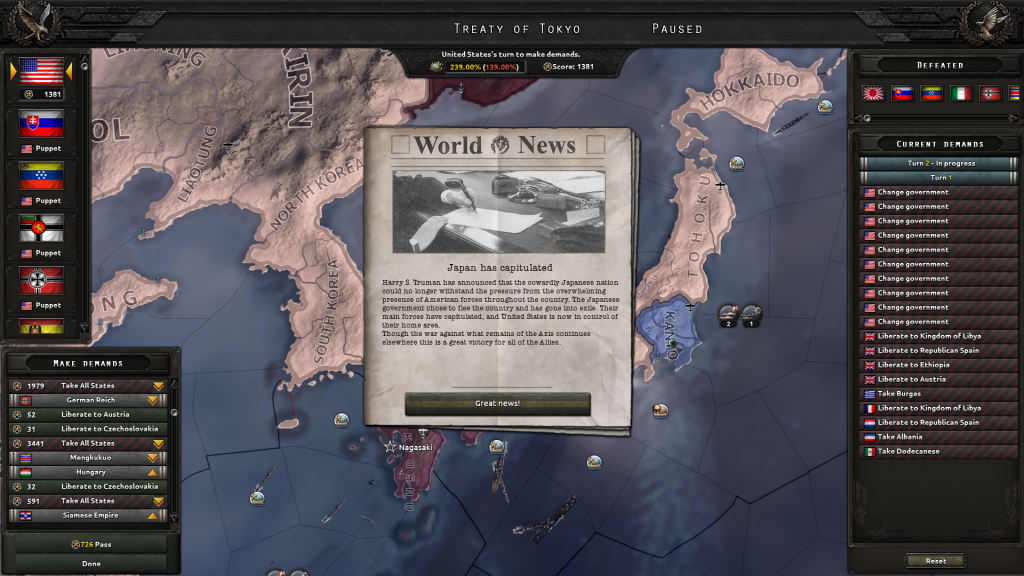
The fall of Japan was marked by celebration and sadness. In his V-J Day address, President Truman remarked, “I wish that Franklin D. Roosevelt had lived to see this day.”
The Aftermath
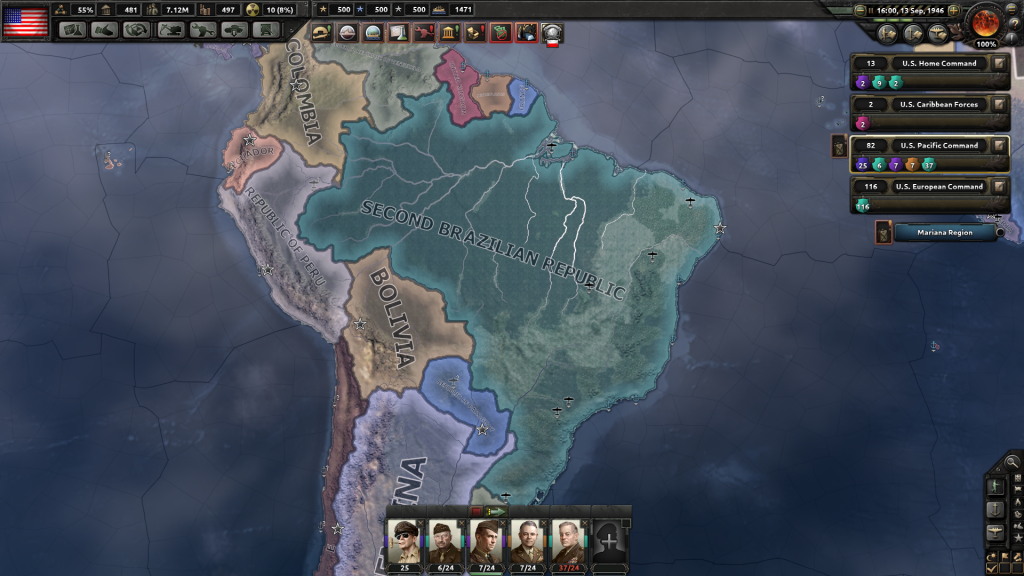
Brazil emerged as a leading power in South America, working alongside the United States to spread democracy in the region. Venezuela’s fascist government fell, leading to a stable democracy there as well.
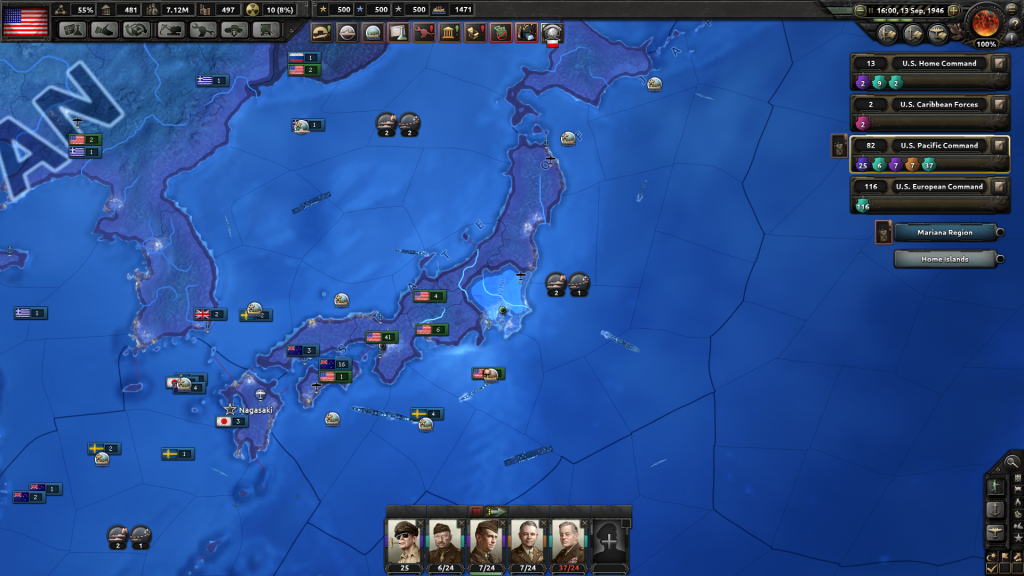
Japan remained under a puppet government administered by the United States well into the 1950s. In the immediate aftermath of the war, General MacArthur set up his primary headquarters in Tokyo. The nation would struggle to rebuild in the wake of the invasion, but received billions in economic aid from the Truman Administration.
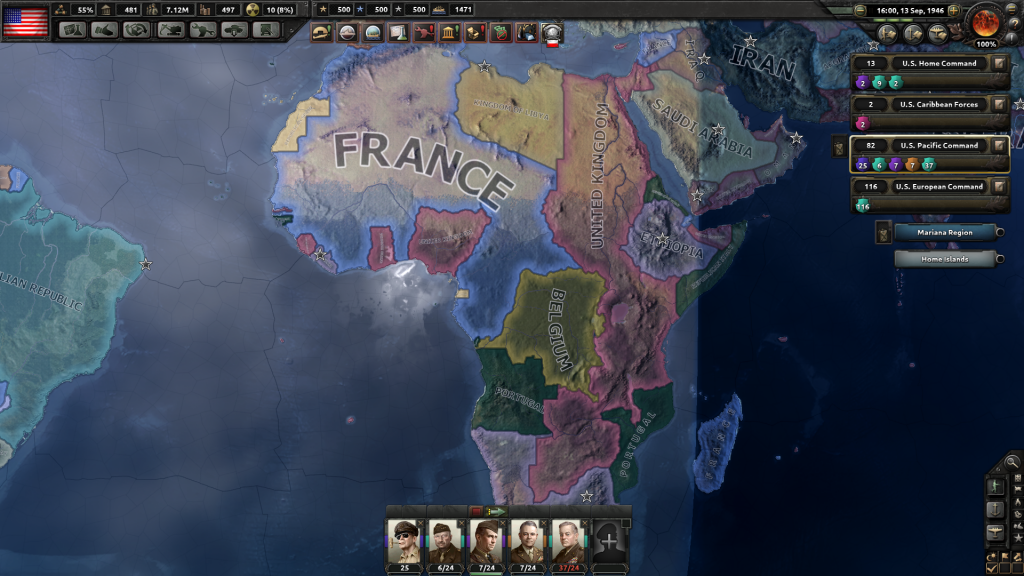
Africa remained under the control of the victorious Allies until the 1970s. Decolonization soon took hold, leading to the formation of nations like the Kingdom of Libya.
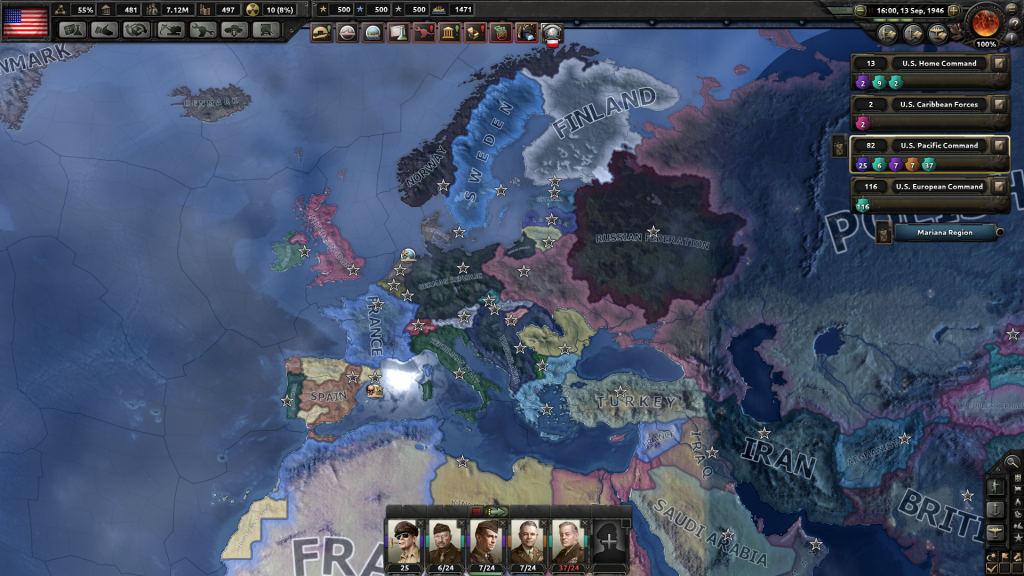
Central Europe remained under Allied occupation until 1949. Meanwhile, Russia became a barely habitable wasteland, forcing the newly formed Polish Republic to administer to the interior under Allied supervision.
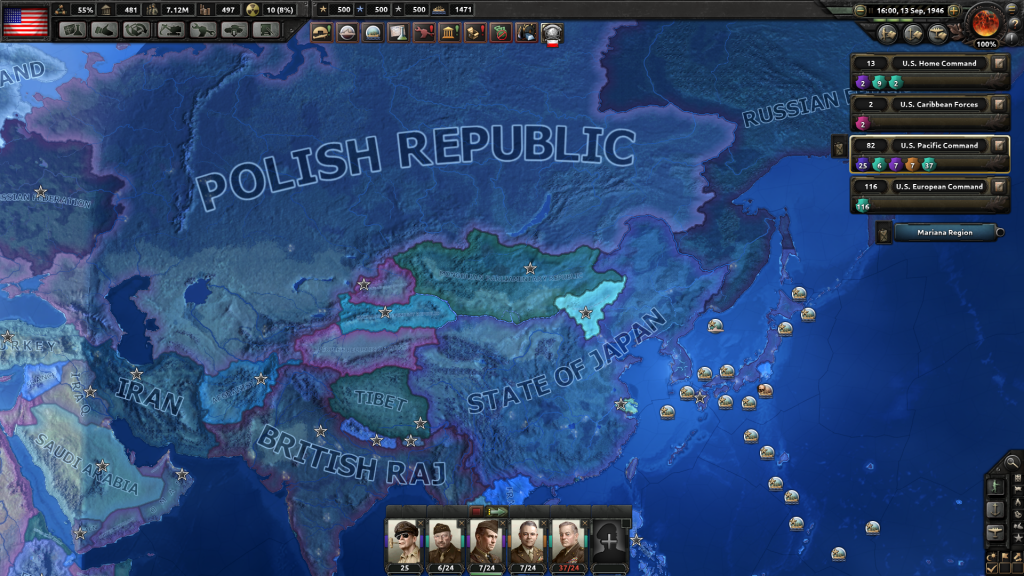
China & India became economic powerhouses in the 1950s, although much of their infrastructure would have to be rebuilt from scratch.
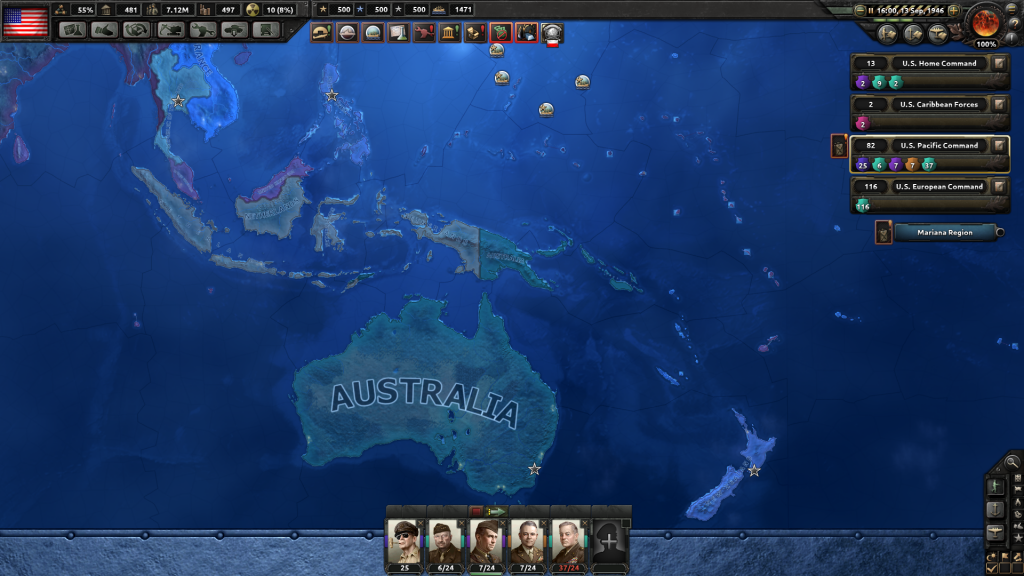
Oceania remained largely untouched by the war. Decolonization movements inevitably sprang up, which would last through the 1960s.
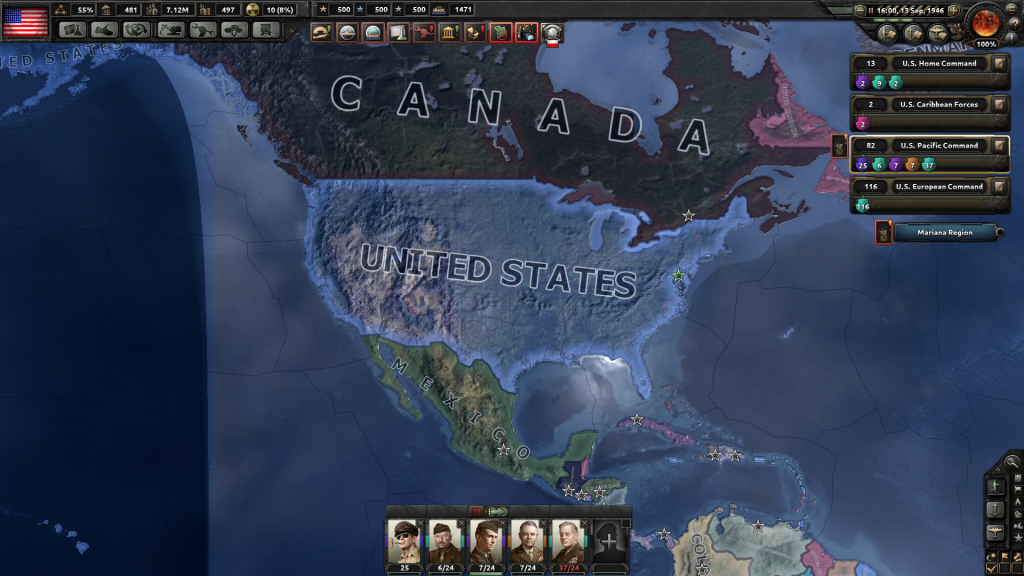
In the end, the United States led the way into the 20th century as the world’s sole superpower, but at a staggering cost. 1.25 Million Americans were killed and another 1.53 Million were injured in both theaters of war.
The End.
If you like what you see here, consider buying Hearts of Iron IV via Amazon. Links are in the sidebar or below this post! Enjoy!
Hearts of Iron IV Copyright © 2016 Paradox Interactive AB. www.paradoxplaza.com
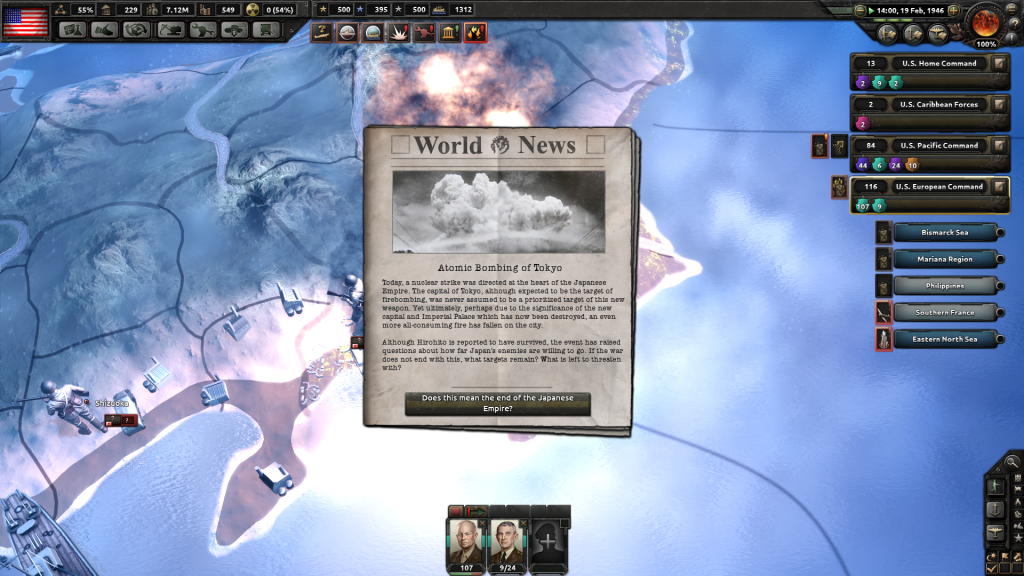
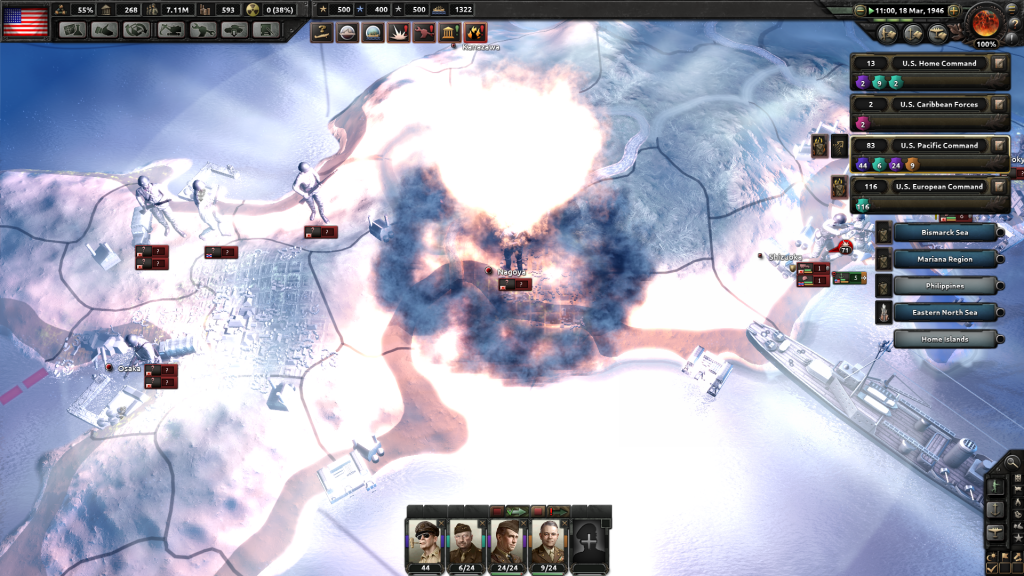
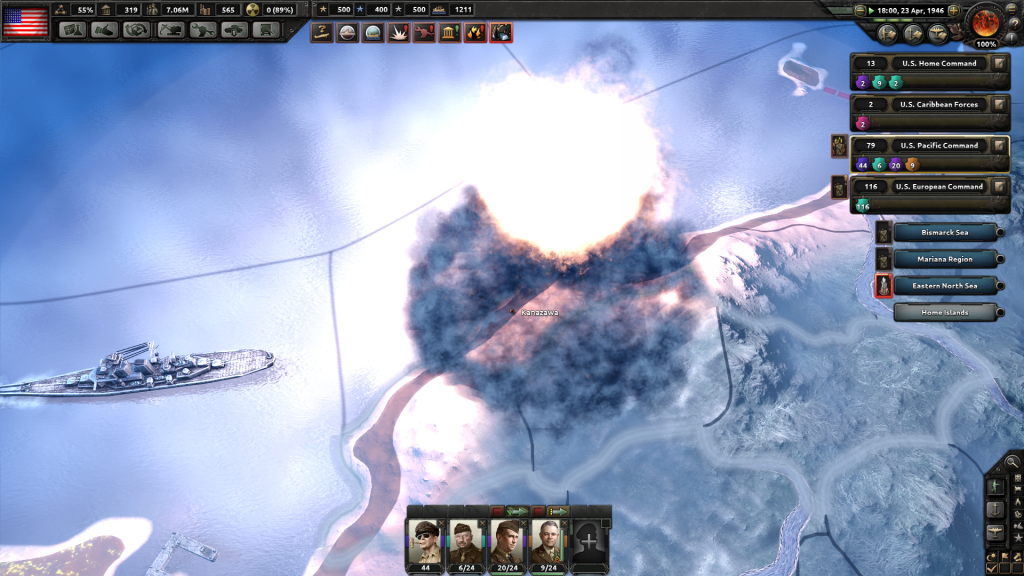
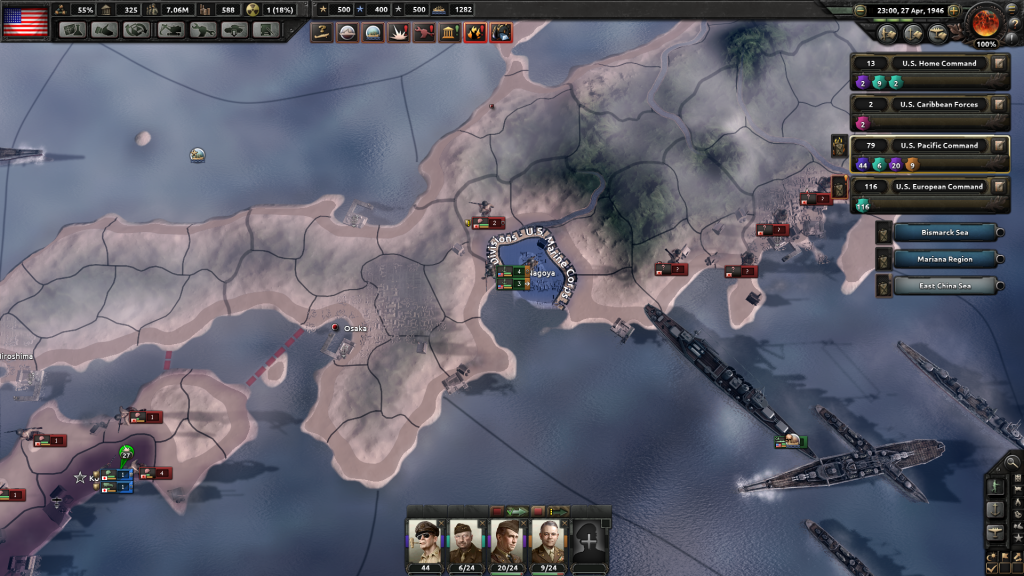
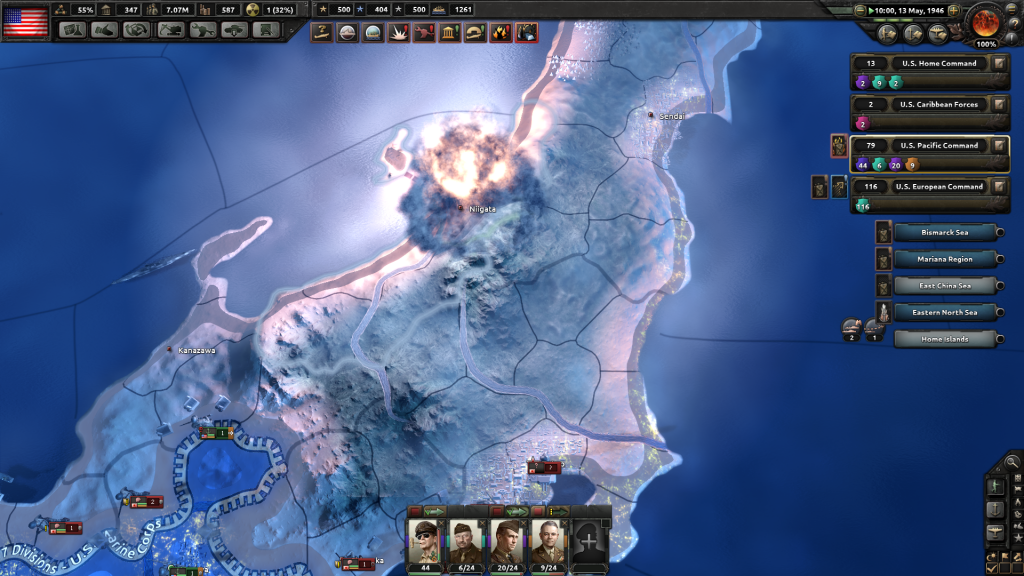
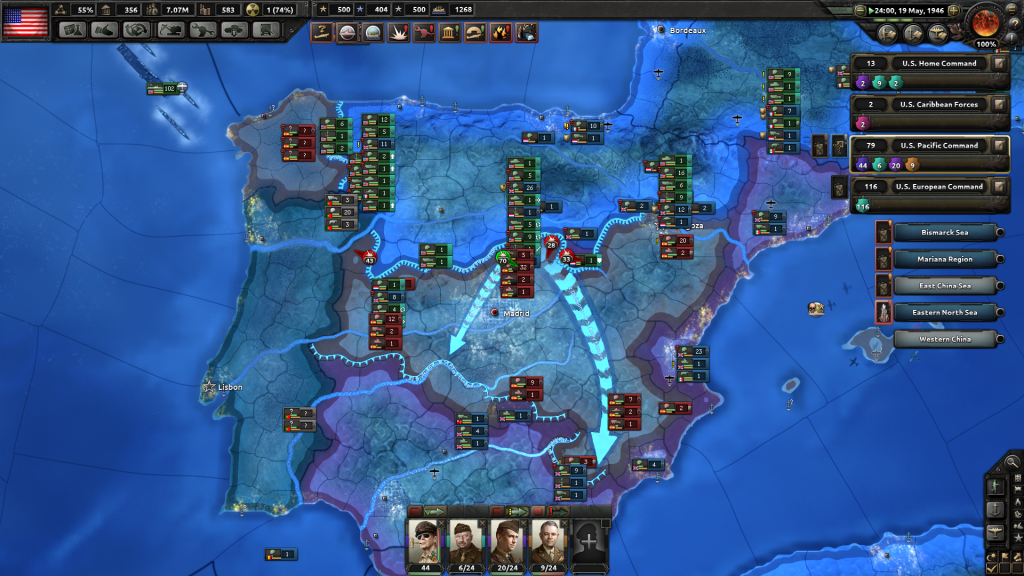
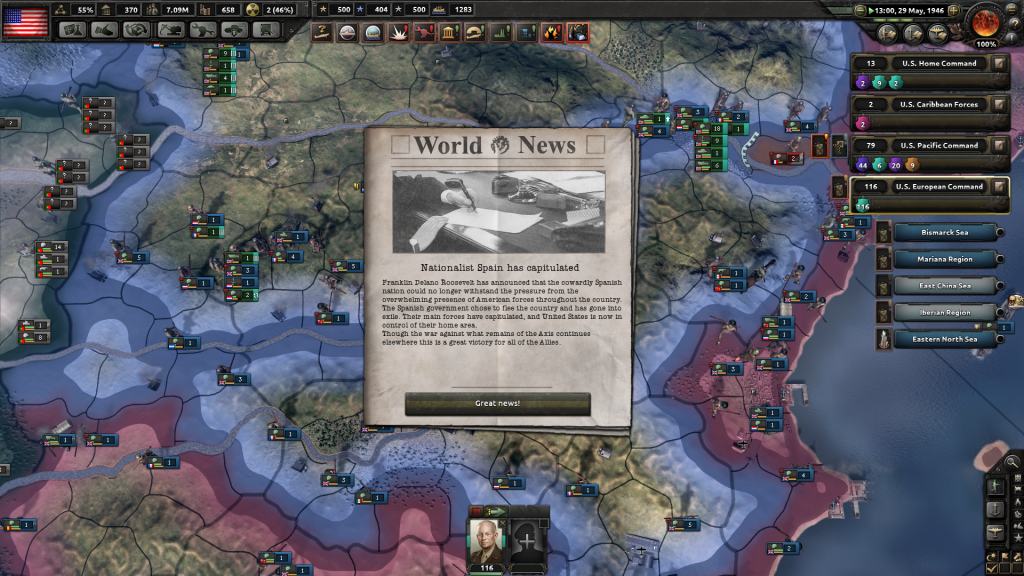

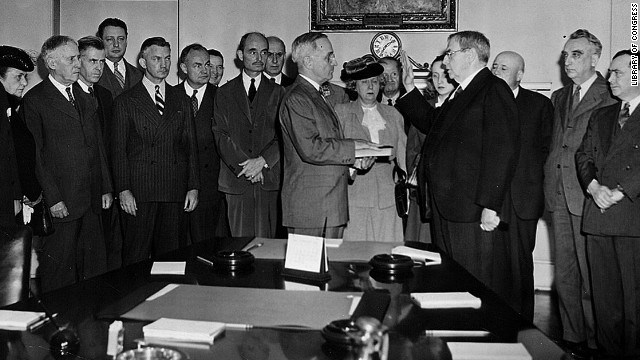
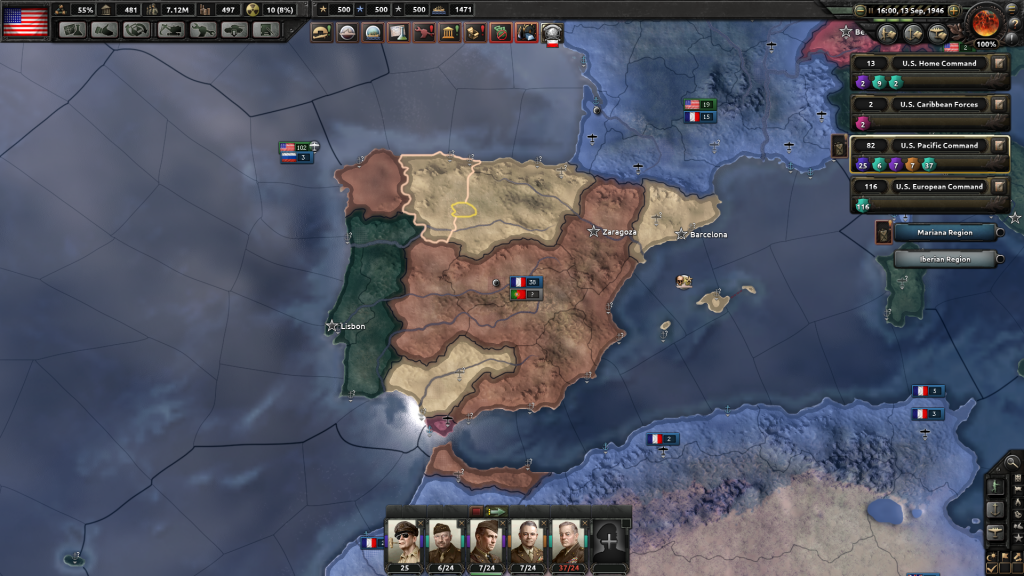
No Comments Yet